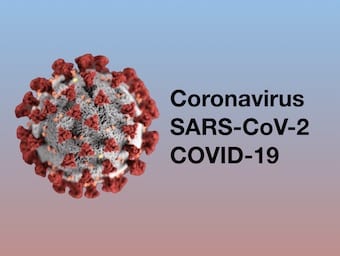
COVID-19: “To PEEP, or not to PEEP”?
Part 4 of "COVID-19: Keeping the baby in the bath" discussing the setting of positive end expiratory pressure (PEEP) in critically ill COVID-19 patients.

Part 4 of "COVID-19: Keeping the baby in the bath" discussing the setting of positive end expiratory pressure (PEEP) in critically ill COVID-19 patients.

Part 3 of the "COVID-19: Keeping the baby in the bath" series discussing whether COVID-19 is part of acute respiratory distress syndrome (ARDS) and the importance of lung compliance.

Discussing "silent hypoxaemia" and timing of intubation. Part 2 of the COVID-19: keeping the baby in the bath" series

Positive End-Expiratory Pressure (PEEP) is the maintenance of positive pressure within the lungs at the end of expiration

Spontaneous breathing can occur without ventilatory support (unassisted spontaneous breathing) or be integrated with mechanical ventilation with assisted ventilation modes (assisted spontaneous breathing).

ARDSnet Ventilation Strategy: Note that the definitions below have recently been revised - however they are included here as they were used in the ARDSNet trial.

Refractory hypoxia, leading to dysoxia at the cellular level, can be difficult to manage in severe acute respiratory distress syndrome (ARDS)

Selective Lung Ventilation involves the isolation of one lung from the other allowing independent ventilation. Usually performed with a double lumen tube (DLT); alternatives are the use of a univent tube or an endobronchial blocker

A-a gradient is calculated as PAO2 – PaO2. A normal A–a gradient for a young adult non-smoker breathing air, is between 5–10 mmHg.

Basics of mechanical ventilation by Todd Fraser

INDICATIONS A – protection and patencyB – respiratory failure (hypercapnic or hypoxic), increase FRC, decrease WOB, secretion management/ pulmonary toilet, to facilitate bronchoscopyC – minimise oxygen consumption and optimize oxygen delivery (e.g. sepsis)D – unresponsive to pain, terminate seizure, prevent…

Modes of Ventilation. Classification based on the following: Initiation; Cycle; Limit; and Pressure Regulated Volume Control